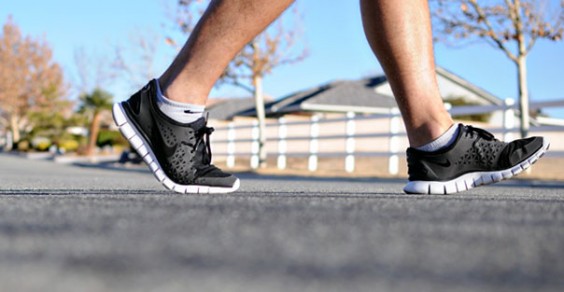Die maandelikse Kleinberg Plaasmark , geleë langs die N2 tussen Mosselbaai en Albertinia vind weereens op Saterdag, 29 Maart 2014 plaas.
Vir die kinders is daar plaasvermaak om na uit te sien.
Vars produkte, heerlike gebak en ander items word ook te koop aangebied . So nie, kom kuier net saam terwyl u dalk kan smul aan ‘n heerlike plaasontbyt, koffie of ‘n warm pannekoek.
Tuisgebak, plante, ingelegde produkte en ander handgemaakte artikels word ook te koop aangebied.
Vir verdere inligting kontak: Sorina 082 335 8342



